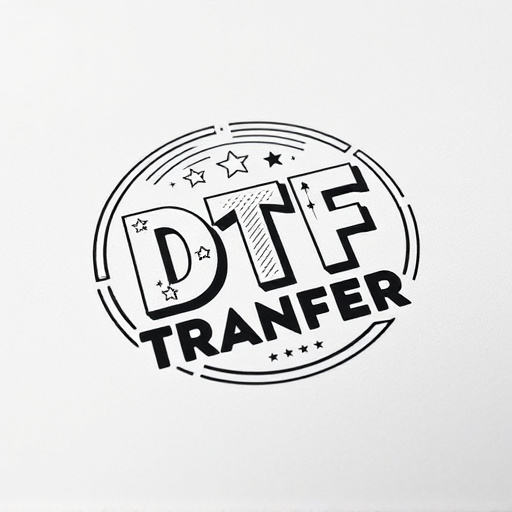Dealer pricing models for products and services include initial setup costs, labor charges based on task complexity, and material expenses. Consumers and businesses should understand these components—including professional intake installation cost labor—to make informed choices. Independent pricing structures offer businesses control over costs and strategies, simplifying calculations and enhancing customer trust. When comparing dealer vs independent pricing for vehicle services, understanding intake, installation, and labor costs is crucial. Independent mechanics charge separately for each service, providing more transparency and allowing car owners to choose tailored options based on their needs and budgets.
In the automotive industry, understanding the distinction between dealer and independent pricing is paramount for consumers. This article dissects two prominent sales models, shedding light on their unique advantages and implications. We explore how dealer pricing structures impact vehicle ownership costs, including overhead expenses like professional intake, installation, and labor. In contrast, independent pricing offers transparency and flexibility, empowering buyers with more control over their expenses. By comparing these approaches, consumers can make informed decisions tailored to their budgets and preferences.
- Understanding Dealer Pricing Models
- The Advantages of Independent Pricing
- Professional Intake, Installation, and Labor Costs Compared
Understanding Dealer Pricing Models

Dealer pricing models are structured around a complex interplay of factors, each contributing to the final cost of a product or service. These models often include a professional intake installation cost, labor charges, and material expenses. The dealer acts as an intermediary, responsible for acquiring the product from manufacturers or suppliers, ensuring proper installation by skilled technicians, and providing ongoing maintenance services.
Professional intake installation costs cover the initial setup and configuration of systems or products, involving specialized knowledge and equipment. Labor charges are calculated based on the time spent on tasks, often categorized into different levels of complexity. Material expenses refer to the cost of the physical components required for the installation and operation of the product. Understanding these pricing elements is crucial for consumers and businesses alike, enabling informed decisions when engaging with dealers or opting for independent pricing structures.
The Advantages of Independent Pricing

Independent pricing offers several advantages, especially for businesses that want complete control over their costs and pricing strategies. One significant benefit is the ability to tailor prices based on specific factors like market demand, production costs, and customer segments. This flexibility allows businesses to optimize their revenue by adjusting prices dynamically, ensuring they remain competitive yet profitable.
Additionally, independent pricing structures can simplify the process of calculating intake installation costs and labor expenses. By setting transparent, data-driven rates, companies can accurately reflect the professional installation labor involved in their products or services. This approach enhances customer trust and satisfaction, as it provides a clear understanding of pricing components, fostering long-term relationships built on fair and efficient practices.
Professional Intake, Installation, and Labor Costs Compared

When comparing dealer vs independent pricing, one key aspect to consider is the professional intake, installation, and labor costs. Dealerships often bundle these services into a single, higher-priced offering. This can include detailed vehicle inspection, pre-owned certification processes, and factory-backed warranties—all of which add value for buyers but may not be necessary for all consumers.
On the other hand, independent mechanics or repair shops tend to charge separately for each service, providing more transparency in pricing. They offer tailored services based on specific needs without the mark-up often seen at dealerships. This allows car owners to choose where and how much they want to spend on intake, installation, and labor, potentially saving money while still receiving professional care.
When considering pricing strategies, understanding the distinctions between dealer and independent pricing models is key. While dealers often offer convenience and bundled services, independent pricing provides greater transparency and control over individual components like professional intake, installation, and labor costs. By choosing independent pricing, consumers can tailor their vehicle maintenance and repair to their specific needs and budget. This approach empowers individuals to make informed decisions, ensuring they pay for exactly what services are rendered without hidden fees or markups.














